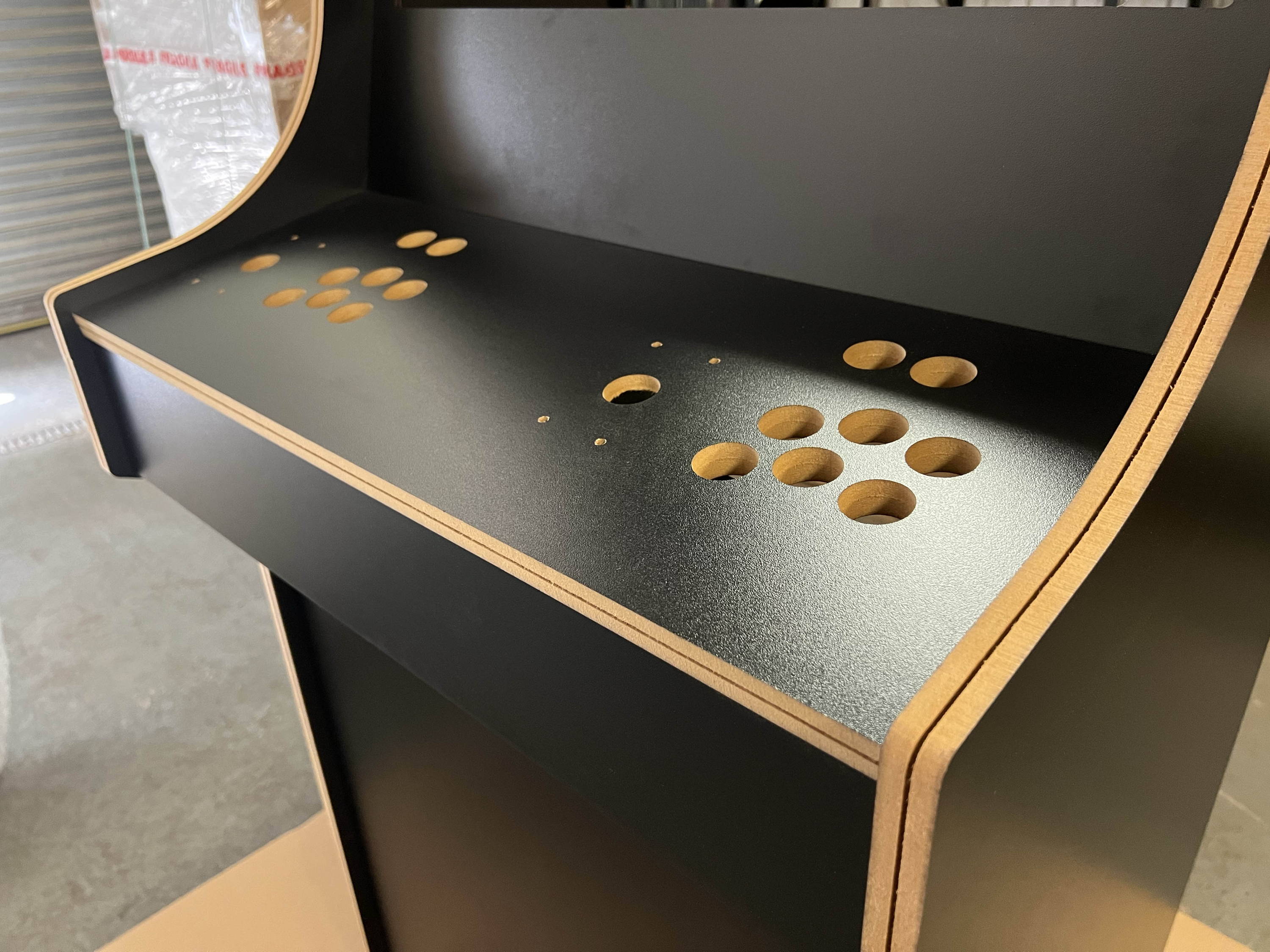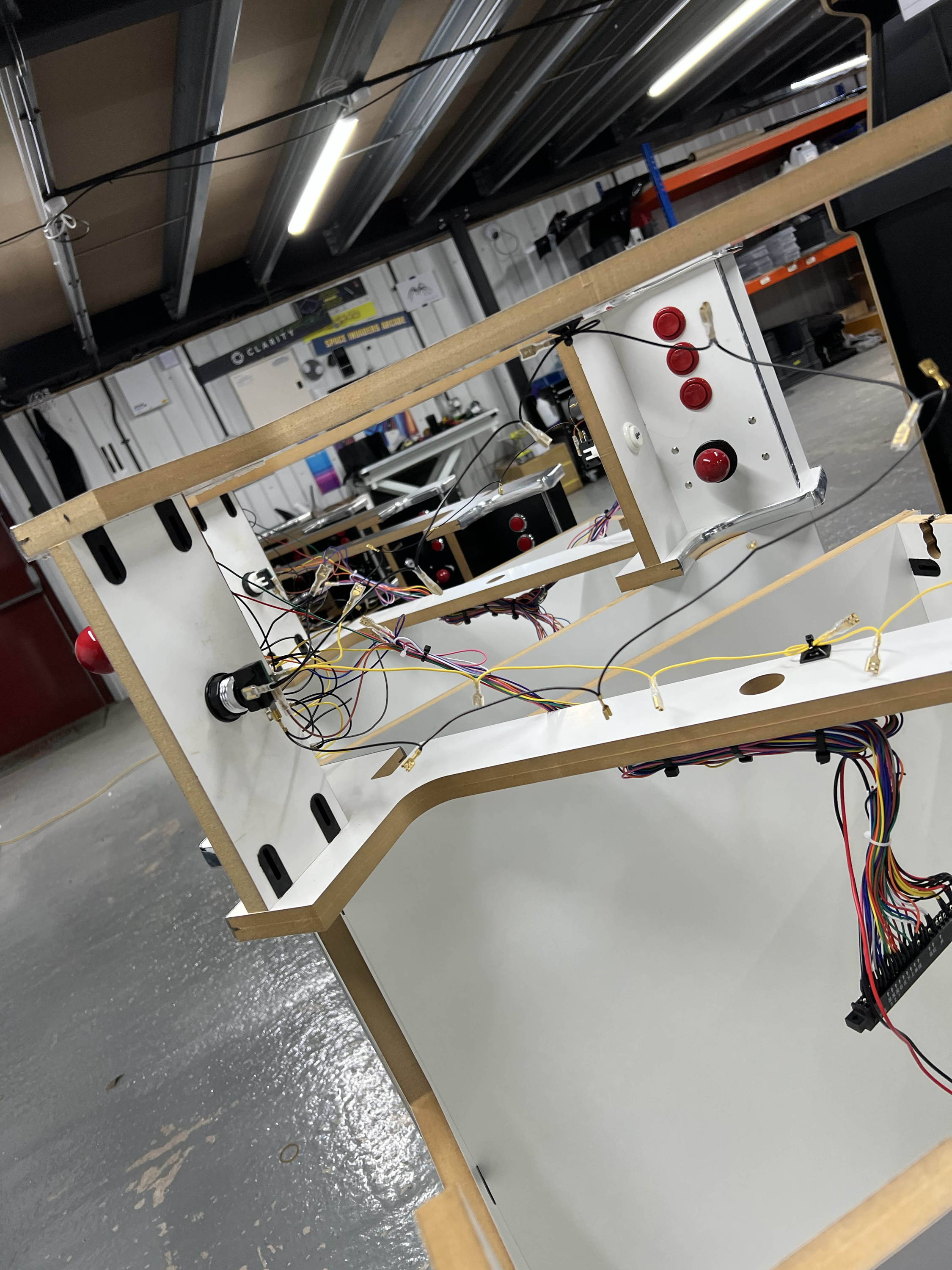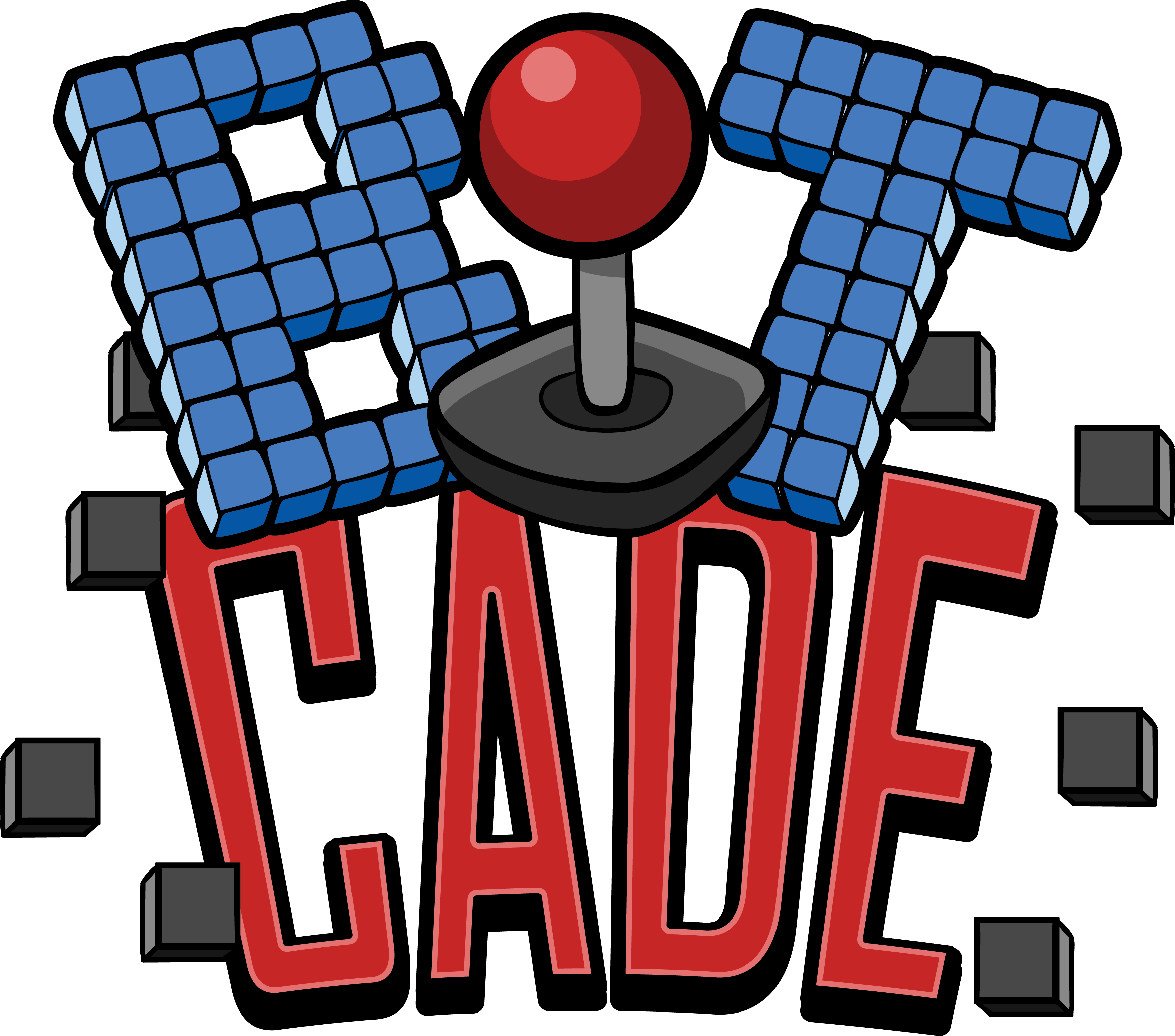Building Your Own Retro Arcade Machine: A Beginner's Guide
Intro
Pros
- More Cost Effective
- Can make the machine exactly how you like it
- Get to enjoy the experience of building something from scratch
- Choose your own game board
Cons
- No warranty, or help if things go wrong
- Time intensive and requires skill level
- Not up to manufacturing safety regulations and quality standards
- Have to research a lot to make sure components work and fit togeth

Step 1: Plan and Design
Before you start building, you'll need to decide what type of arcade cabinet you want to build, such as a stand-up cabinet, a sit-down cabinet, or a bartop cabinet. You'll also need to decide on the size, shape, and design of the cabinet. Sketch out your design and make sure you have all the necessary measurements. Want to speed up the process and skip the woodwork? Check out our arcade kits!
Step 2: Gather Materials
Once you have a design and a list of materials, you can start gathering everything you need. You'll need wood for the cabinet, acrylic or glass for the screen, and hardware such as screws, hinges, and a power strip. You'll also need a control panel, game system, monitor, speakers, wiring, and any other hardware or accessories you want to include. You can opt for a multi-game arcade game board or stay true to real retro gaming by installing an original game board.


Step 3: Cut and Assemble the Cabinet
Before you start building, you'll need to decide what type of arcade cabinet you want to build, such as a stand-up cabinet, a sit-down cabinet, or a bartop cabinet. You'll also need to decide on the size, shape, and design of the cabinet. Sketch out your design and make sure you have all the necessary measurements.
Step 4: Install the Monitor
Once you have a design and a list of materials, you can start gathering everything you need. You'll need wood for the cabinet, acrylic or glass for the screen, and hardware such as screws, hinges, and a power strip. You'll also need a control panel, game system, monitor, speakers, wiring, and any other hardware or accessories you want to include. You can opt for a multi-game arcade game board or stay true to real retro gaming by installing an original game board.


Step 5: Install the Arcade Controllers
Before you start building, you'll need to decide what type of arcade cabinet you want to build, such as a stand-up cabinet, a sit-down cabinet, or a bartop cabinet. You'll also need to decide on the size, shape, and design of the cabinet. Sketch out your design and make sure you have all the necessary measurements.
Step 6: Connect speakers and any other hardware accessories
Once you have a design and a list of materials, you can start gathering everything you need. You'll need wood for the cabinet, acrylic or glass for the screen, and hardware such as screws, hinges, and a power strip. You'll also need a control panel, game system, monitor, speakers, wiring, and any other hardware or accessories you want to include. You can opt for a multi-game arcade game board or stay true to real retro gaming by installing an original game board.


Step 7: Closing the machine up
Before you start building, you'll need to decide what type of arcade cabinet you want to build, such as a stand-up cabinet, a sit-down cabinet, or a bartop cabinet. You'll also need to decide on the size, shape, and design of the cabinet. Sketch out your design and make sure you have all the necessary measurements.
Arcade Machine Kits
Helpful Links
Go to the list for arcade machine parts:
Arcade World UK - https://www.arcadeworlduk.com/
This website offers a wide range of arcade parts including joysticks, buttons, controllers, and monitors. They also sell arcade cabinet kits and offer custom design services.
Ultimarc - https://www.ultimarc.com/
This website offers a variety of arcade controls and parts, including joysticks, buttons, and trackballs. They also sell ready-to-use arcade controllers and offer customization options.
arcade-projects.com - https://www.arcade-projects.com/
This website offers a variety of arcade machine and game system advice and is a community centred around DIY arcade machines.
